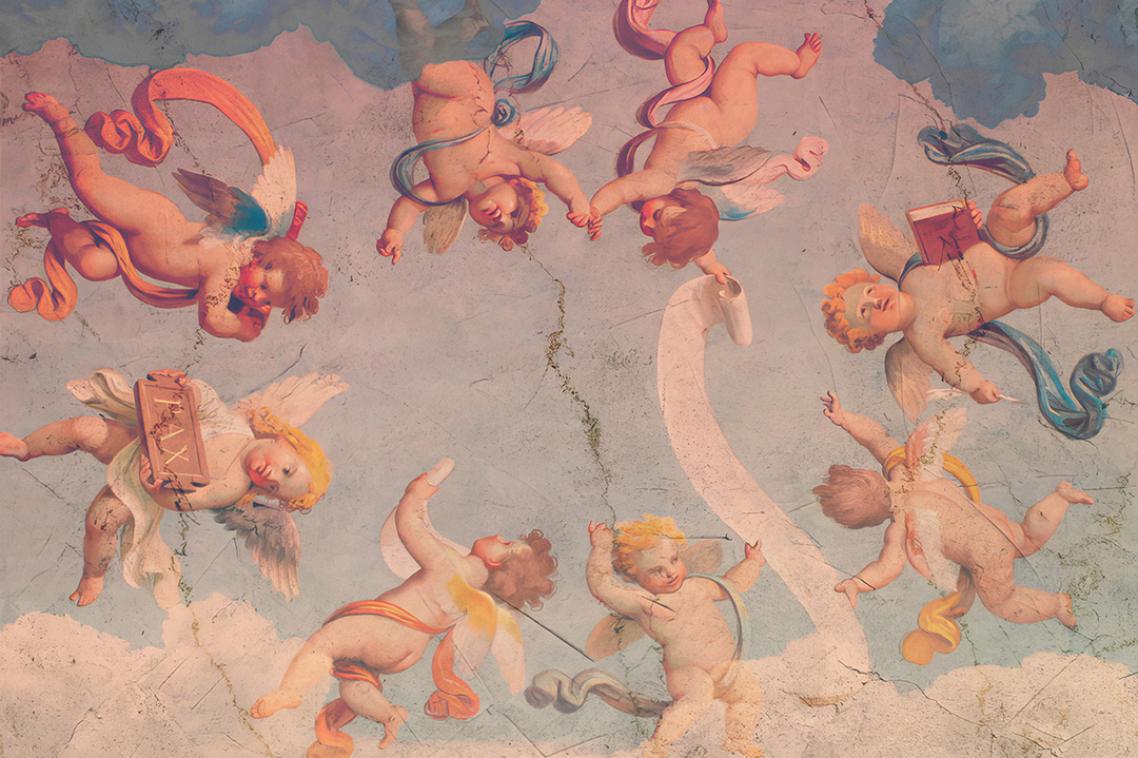Rays and mild climate deadly for frogs
A Brisbane scientist has discovered that even small doses of ultra violet radiation during mild temperatures can be fatal for frogs.
University of Queensland zoology and wildlife biology honours student Vincent van Uitregt has shown that exposure to UVb rays, the sun’s most harmful rays, in temperatures as mild as 20 degrees celsius, kills tadpoles in 15 days.
Mr van Uitregt said tadpole growth and swimming ability declined dramatically as the mercury dropped below their ideal temperature of between 25 and 30 degrees.
“Results so far strongly suggest that UVb effects on survival and development of amphibians are dramatically exacerbated at low temperatures,” Mr van Uitregt said.
To prove the link between temperature and UV radiation, Mr van Uitregt collected 500 striped marsh frog tadpoles from the St Lucia Golf Links.
Marsh frogs are common brown frogs found around Brisbane which are sometimes mistaken for small cane toads.
Mr van Uitregt exposed the tadpoles to low and high doses of UVb radiation at temperatures between 20 and 30 degrees.
The tadpoles exposed to high doses of UVb rays at 20 degrees died after 15 days while the tadpoles at the same temperature without the UVb exposure survived.
A high dose was 30 minutes under UVa and UVb lamps which was equivalent to about half the radiation from the midday sun on a clear summers day.
Mr van Uitregt said many frogs had built-in defence mechanisms for UV rays which fixed damaged DNA but those repair processes were impaired at low temperatures.
He expected UVb and mild temperatures would also harm adult frogs, particularly those living in higher altitudes or in colder environments.
The results correlate with decline patterns in some natural populations at high altitudes.
The 23-year-old from Loganlea said his research was significant because he had proved that UVb effects on amphibians worsened at lower temperatures.
MEDIA: Mr van Uitregt (0405 504 722, 07 3365 2516) or Miguel Holland at UQ (3365 2619)
Related articles

Not quite angels: why we should stop calling these small winged children ‘cherubs’

The hidden cost of cancer for young survivors is derailing their financial futures
Media contact
UQ Communications
communications@uq.edu.au
+61 429 056 139
